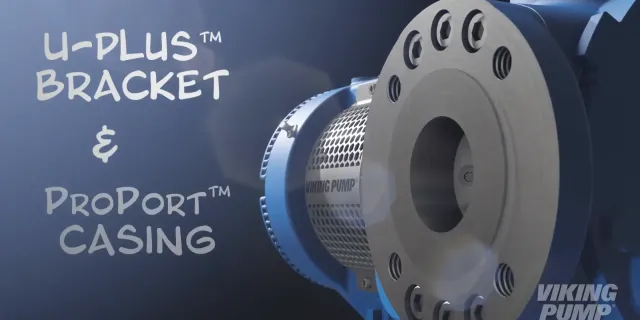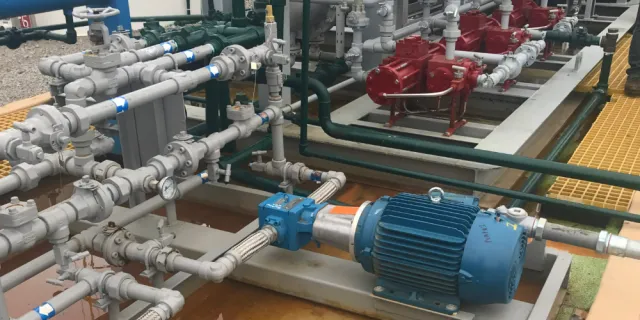
Glycol (Ethylene Glycol, Ethylene Alcohol)
Glycol (Ethylene Glycol, Ethylene Alcohol)
Custom Content One
Positive displacement pumps are ideal for transferring ethylene glycol and ethylene alcohol due to their ability to handle a wide range of viscosities and maintain a consistent flow rate, regardless of system pressure. These pumps work by trapping a fixed amount of fluid and displacing it through the pump's discharge, making them highly effective for handling liquids like ethylene glycol and ethylene alcohol that may exhibit varying flow characteristics under different temperature conditions. Additionally, positive displacement pumps offer superior control over flow rates, which ensures precise handling and accurate metering of these substances within industrial processes. Their design also minimizes shear forces, reducing the risk of degrading sensitive fluids during transfer, thus maintaining the quality and efficacy of the compounds being transported.
Recommended Pumps
-
4124A SERIES™
- Cast Iron
- Mechanical Seal
- up to 500 gpm | up to 114 m3h
-
4127C Series™
- Stainless Steel
- Mechanical Seal
- up to 320 gpm | up to 73 m3h
Articles / Case Studies

At Viking Pump, innovation is at the forefront of what we do. With the introduction of the U-Plus™ Bracket and ProPort™ Casing, we are redefining the capabilities of our internal gear pumps. These advancements are not just about new technology; they are about providing flexibility and efficiency in your pumping process. Let’s dive into what makes these innovations stand out.

A new EPA rule (Dec 2, 2023) mandates zero-emissions pumps for oil & gas ops, replacing natural gas-driven pumps. It also limits other gas-powered equipment, curbs fugitive emissions, and reduces flaring of associated gas—with few exceptions.
Videos
- 895, 893, & 897 Series™ MagDrive Internal Gear Pump RepairIn this video we will guide you through the disassembly and reassembly of Viking Pump’s 893, 895, and 897 Series™ mag drive internal gear pumps.April 11, 2025
- Welcome to Viking Pump's Machine ShopThis is Viking Pump’s machine shop in Cedar Falls, Iowa. Continual investments in machines and people simplify and expedite production – enabling shipment for thousands of products every year.February 28, 2025



